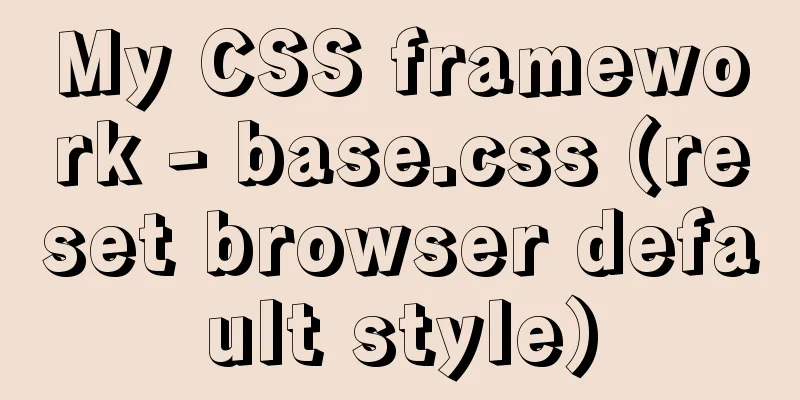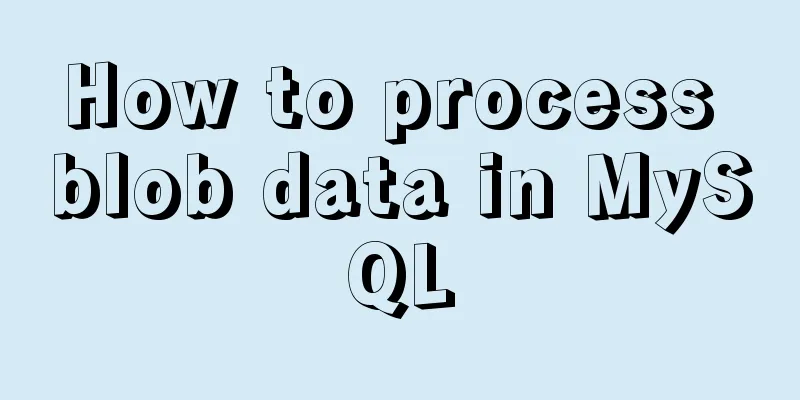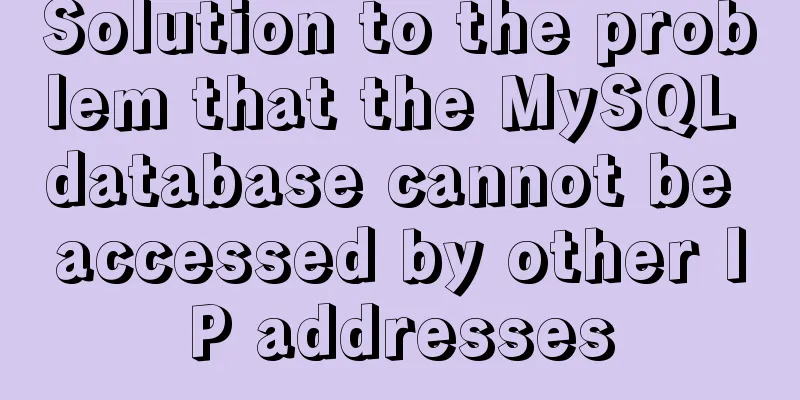PostgreSQL materialized view process analysis

|
This article mainly introduces the process analysis of PostgreSQL materialized views. The article introduces it in great detail through sample code, which has certain reference learning value for everyone's study or work. Friends in need can refer to it. 1. Create a view CREATE MATERIALIZED VIEW [ IF NOT EXISTS ] table_name [ (column_name [, ...] ) ] [ WITH ( storage_parameter [= value] [, ... ] ) ] [ TABLESPACE tablespace_name ] AS query [ WITH [ NO ] DATA ] 2. Delete the view DROP MATERIALIZED VIEW table_name 3. Create an index CREATE INDEX idx_index_name ON table_name USING index(column); 4. Manually refresh the view REFRESH MATERIALIZED VIEW [ CONCURRENTLY ] name [ WITH [ NO ] DATA ] The creation mechanism of materialized views is the same as that of MySQL view tables. Relevant information is queried directly from the corresponding table. However, the query of materialized views is the same as that of ordinary tables. It is equivalent to a cache mechanism, storing complex query results in materialized views, but a refresh operation is required each time to update new data. It is suitable for requirements that are not particularly high for data real-time performance. The version is only available after PostgreSQL 9.3. When refreshing the view in version 9.3, query work cannot be performed. After version 9.4, adding the CONCURRENTLY parameter can support read-time queries, but indexes must be available and the refresh speed will be slower (time is exchanged for query locks). Incremental queries are not currently supported. The above is the full content of this article. I hope it will be helpful for everyone’s study. I also hope that everyone will support 123WORDPRESS.COM. You may also be interested in:
|
Recommend
Example code for implementing image adaptive container with CSS
There is often a scenario where the image needs t...
Summary of related functions for Mysql query JSON results
The JSON format field is a new attribute added in...
Example of adding attributes using style in html
Add inline styles to the required links: Copy code...
jQuery implements navigation bar effect with expansion animation
I designed and customized a navigation bar with a...
Some references about colors in HTML
In HTML, colors are represented in two ways. One i...
Summary of common tool functions necessary for front-end development
1. Time formatting and other methods It is recomm...
In-depth understanding of mathematical expressions in CSS calc()
The mathematical expression calc() is a function ...
Vue code highlighting plug-in comprehensive comparison and evaluation
Table of contents Comprehensive comparison From t...
Solution to secure-file-priv problem when exporting MySQL data
ERROR 1290 (HY000) : The MySQL server is running ...
How to design high-quality web pages Experience in designing high-quality web pages (pictures and text)
With the increasing number of open platforms, the ...
Implementation of MySQL multi-version concurrency control MVCC
Transaction isolation level settings set global t...
Common pitfalls of using React Hooks
React Hooks is a new feature introduced in React ...
Vue implements pull-down to load more
Developers familiar with Element-UI may have had ...
Detailed explanation of the solution to npm ls errors caused by fsevents module under Linux
There is a project developed on Mac, and the pack...
js to achieve simulated shopping mall case
Friends who are learning HTML, CSS and JS front-e...







![Detailed explanation of MySQL single table query operation examples [syntax, constraints, grouping, aggregation, filtering, sorting, etc.]](/upload/images/67cad8b54c85c.webp)

